Scientists were stunned when they first realized that billions of crabs were vanishing from the Bering Sea, located near Alaska, back in 2022.
Now, researchers have finally begun to figure out why these crabs are vanishing from the sea in such alarming numbers.
Initial Thoughts
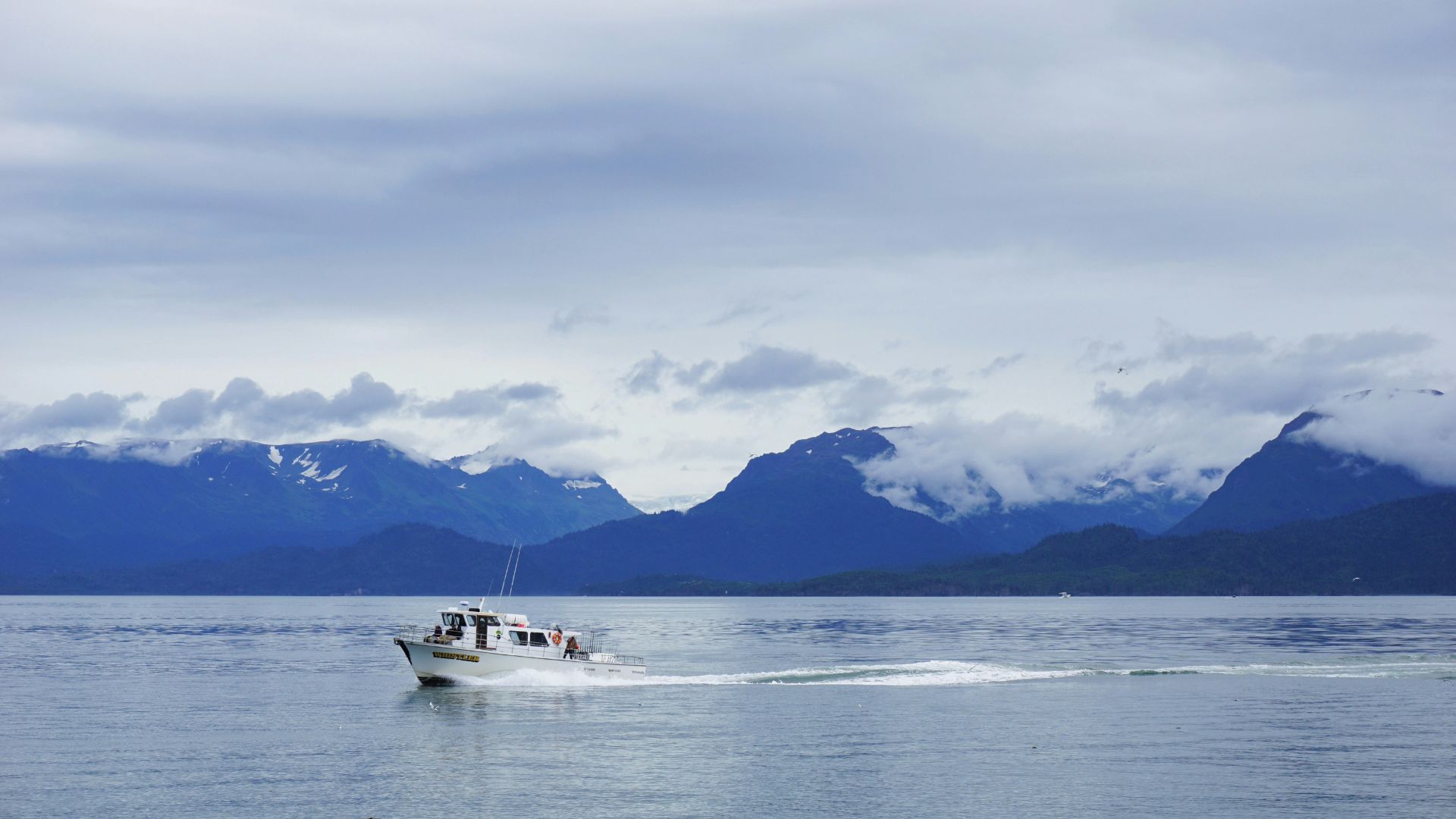
When fishermen and scientists alike began to notice that snow crabs — crabs that once used to thrive in the cold waters of the Bering Sea — were missing by large amounts, they were incredibly worried.
Initial speculation thought that these crabs may have vanished because of overfishing in the region. However, now researchers have realized this isn’t the case at all.
Warm Water Has Starved Snow Crabs
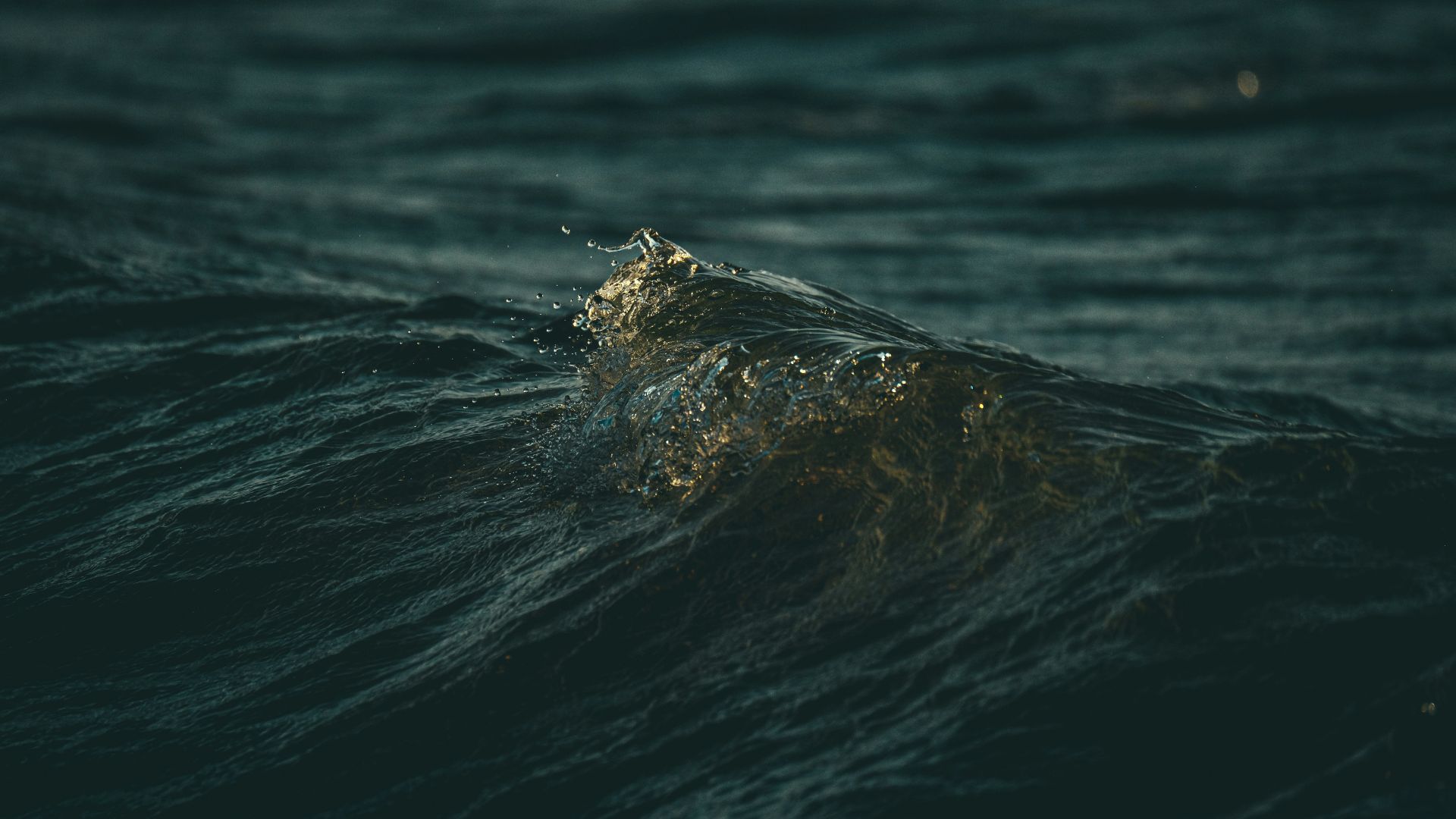
A new study released by the National Oceanic and Atmospheric Administration has now uncovered that incredibly warm water has starved the snow crabs.
This warm water has pushed the crabs’ metabolism to go into overdrive, which has further led them to starve to death.
The Bering Sea Is No Longer Extremely Cold
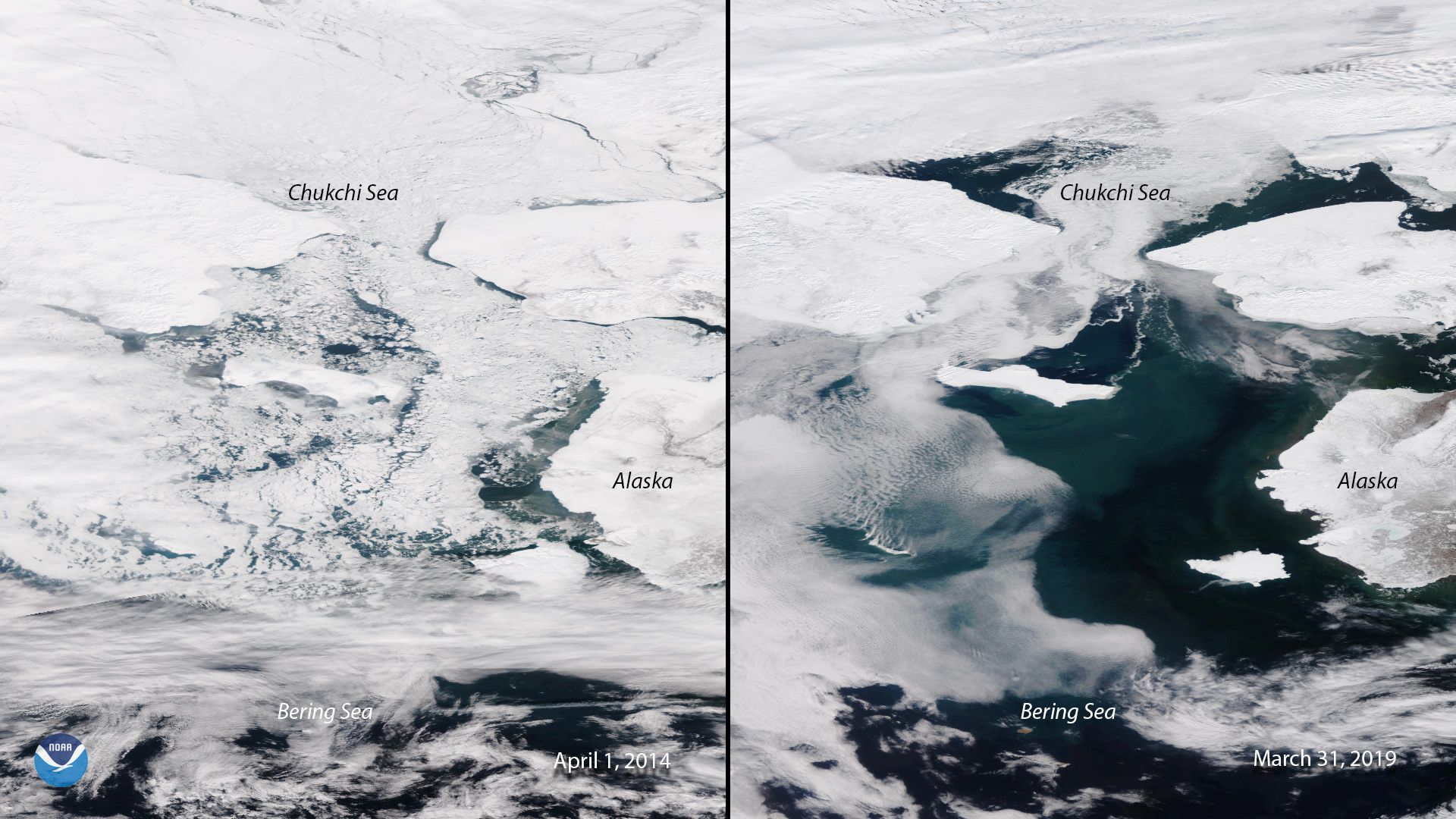
Once upon a time, the Bering Sea was considered to be of Arctic conditions, as the waters were incredibly cold and full of ice.
However, scientists have recently found that parts of the Bering Sea in the southeast are free of ice — and much warmer.
Snow Crabs in the Arctic
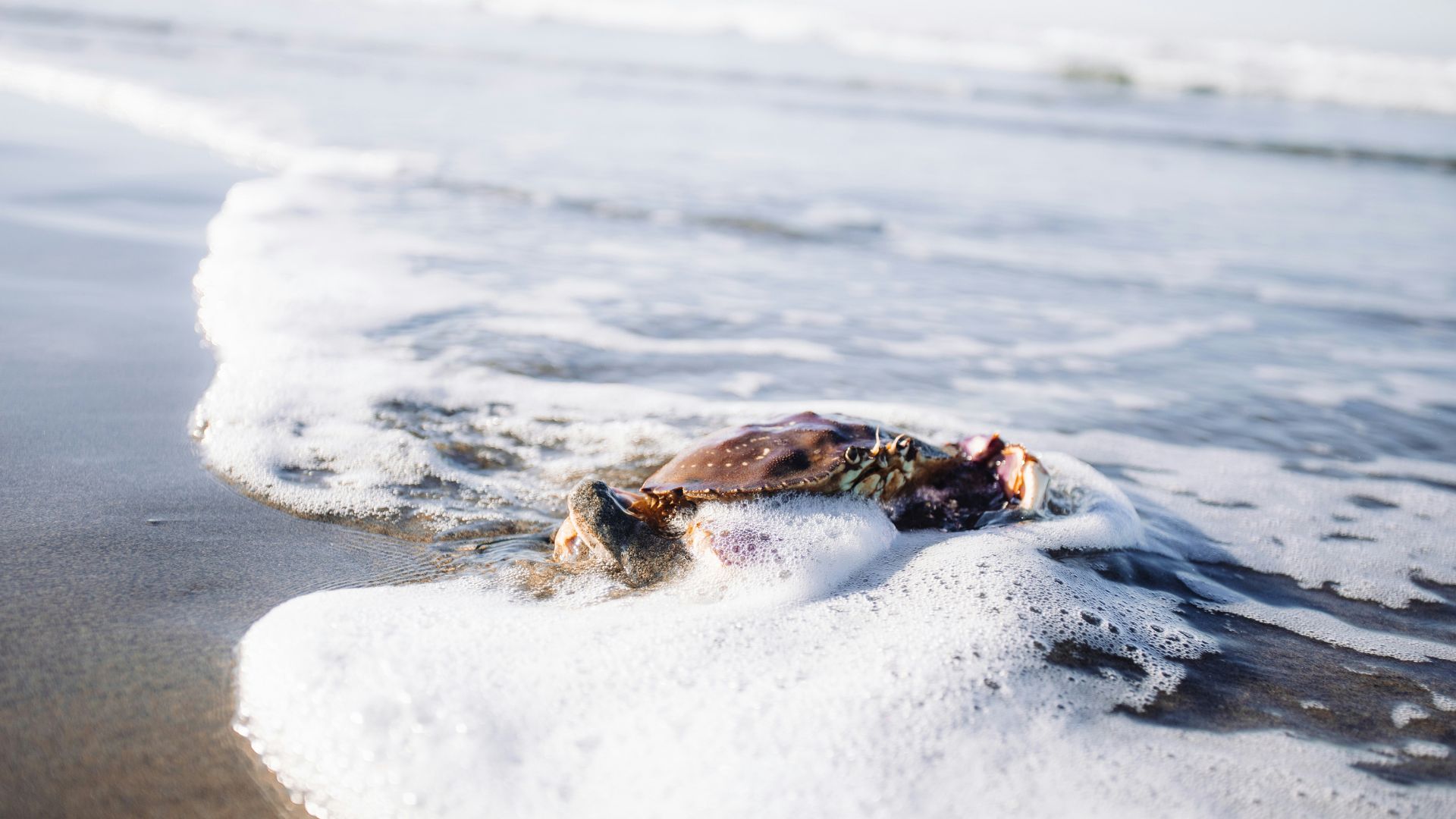
Snow crabs are a species that thrives in the Arctic’s cold waters. These creatures can live well in incredibly cold temperatures from below 2 degrees Celsius to, at most, 12 degrees Celsius.
However, these crabs cannot survive in any warmer waters, as scientists have now seen firsthand in a massive way.
An Incredible Change in the Bering Sea
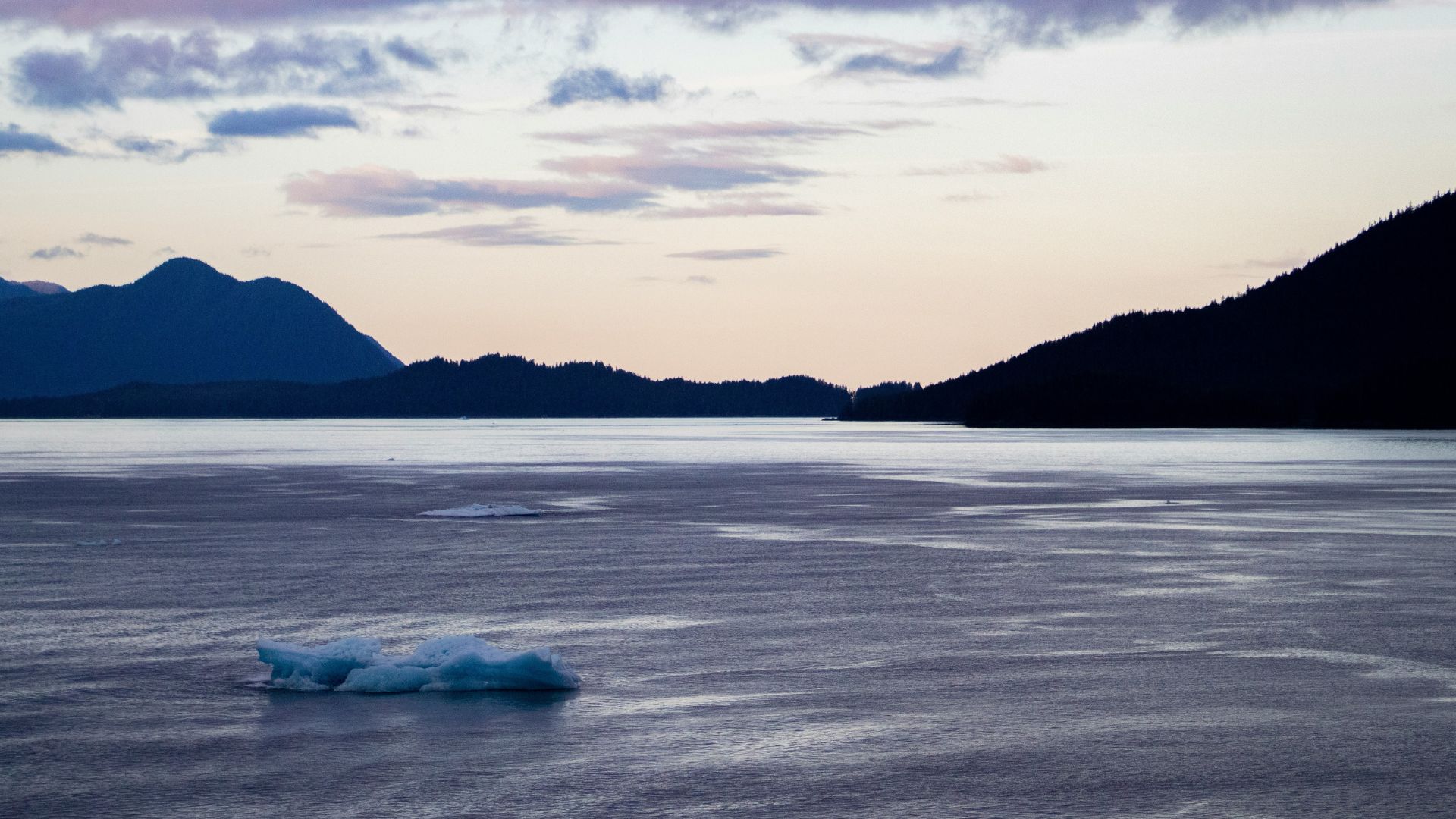
This latest research has revealed the incredible change the Bering Sea’s ecosystem has undergone in only a short time span.
Michael Litzow, the lead author of the study, explained that it shows “how much this Bering Sea ecosystem has already changed from what it was even within the lifetime of one snow crab fisherman.”
Warmer Years Ahead
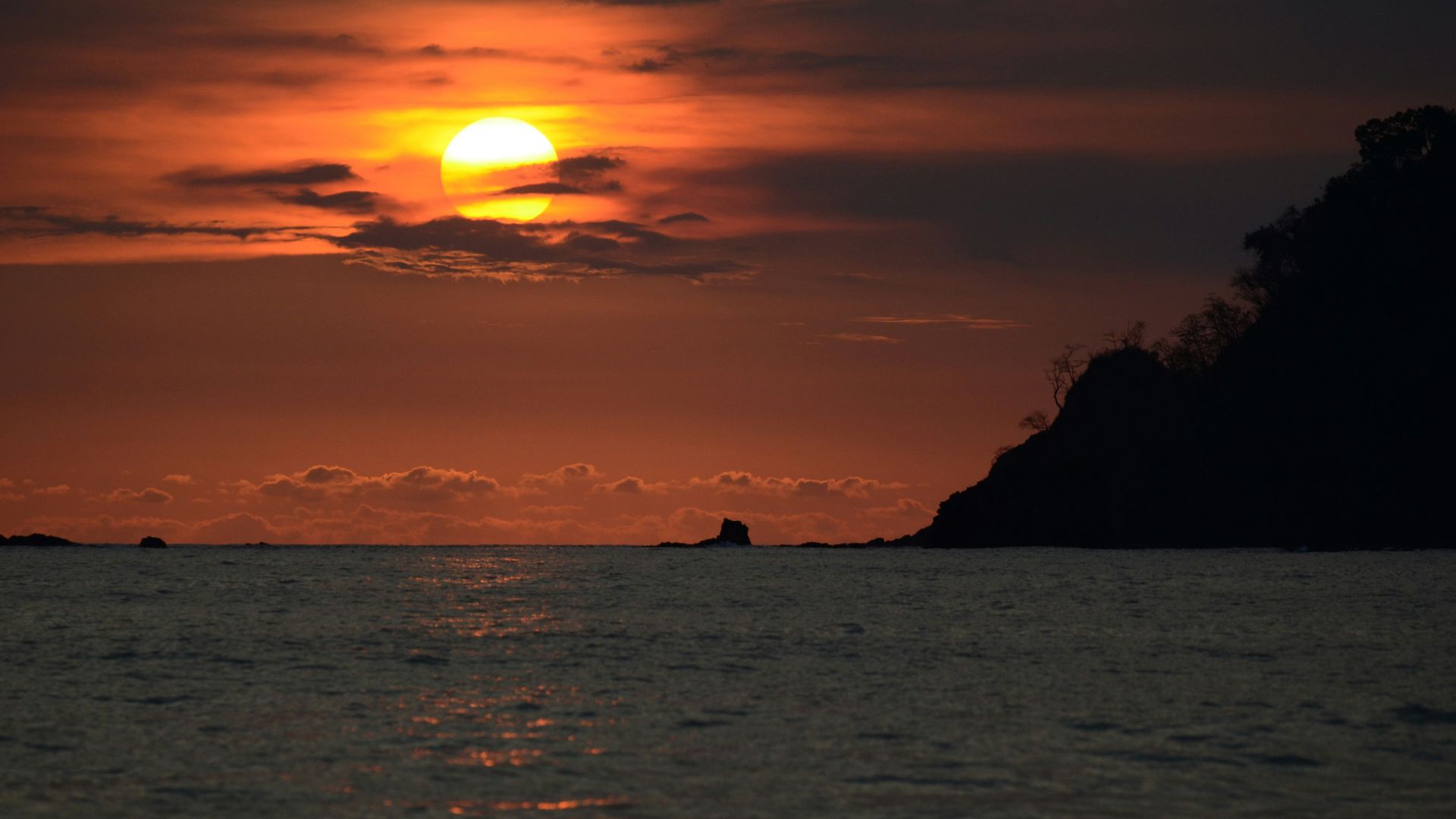
Unfortunately, thanks to the ongoing climate change situation the planet is seeing that is fueling hotter temperatures around the globe, the study has also warned that more warm years for this region are ahead.
Now, ice-free and warm water in the southeast of the Bering Sea is about 200 times more likely than before humans began to burn fossil fuels, which warms the planet.
A Heat Wave in the Sea
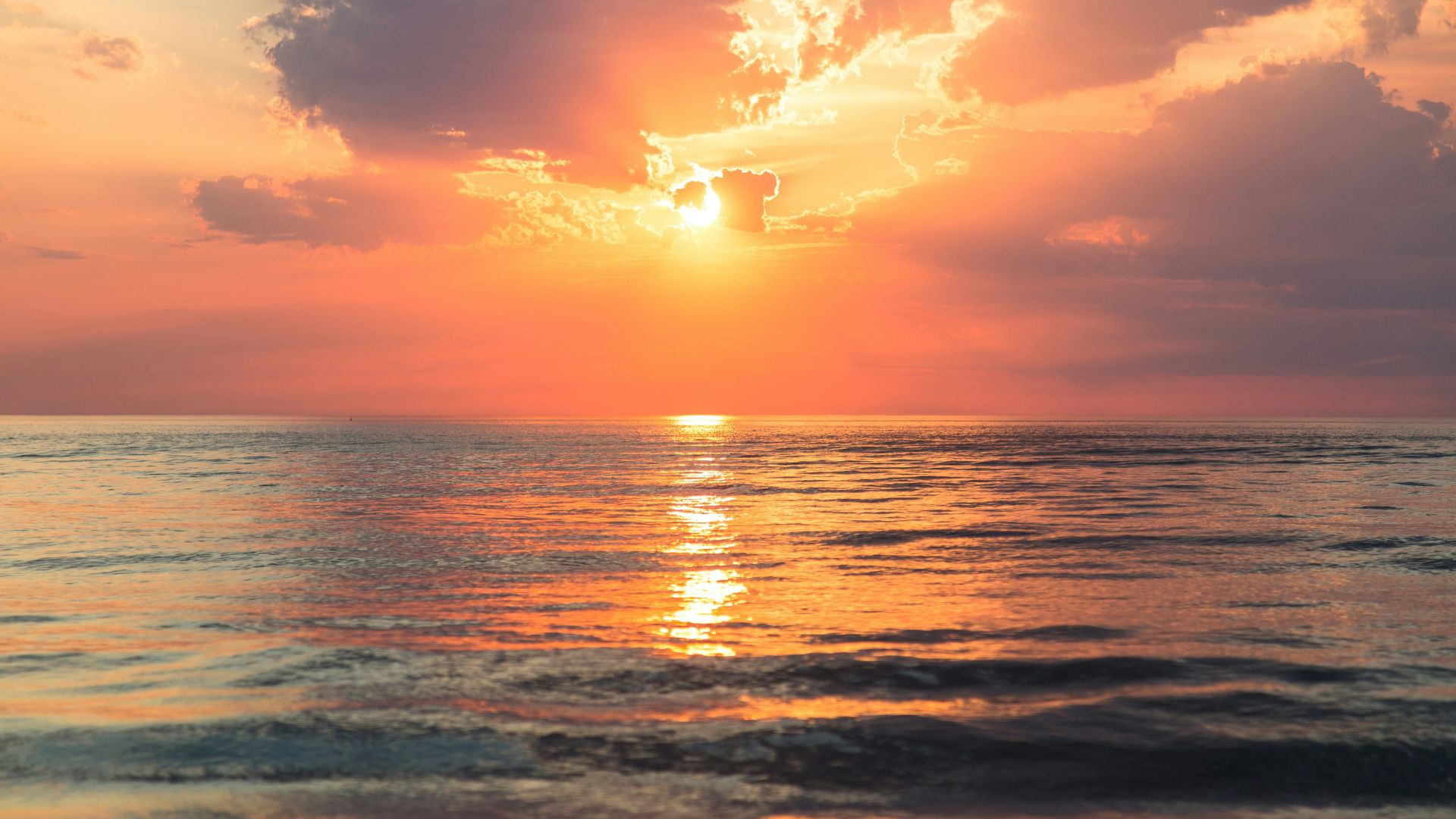
Scientists have further explained that a 2018 and 2019 marine heatwave caused these snow crabs to have their metabolism increase, thanks to the warm water.
Therefore, the crabs needed to eat more. However, there wasn’t enough food for all — and this led to billions of crabs starving to death.
Hurting Alaska’s Fishing Industry
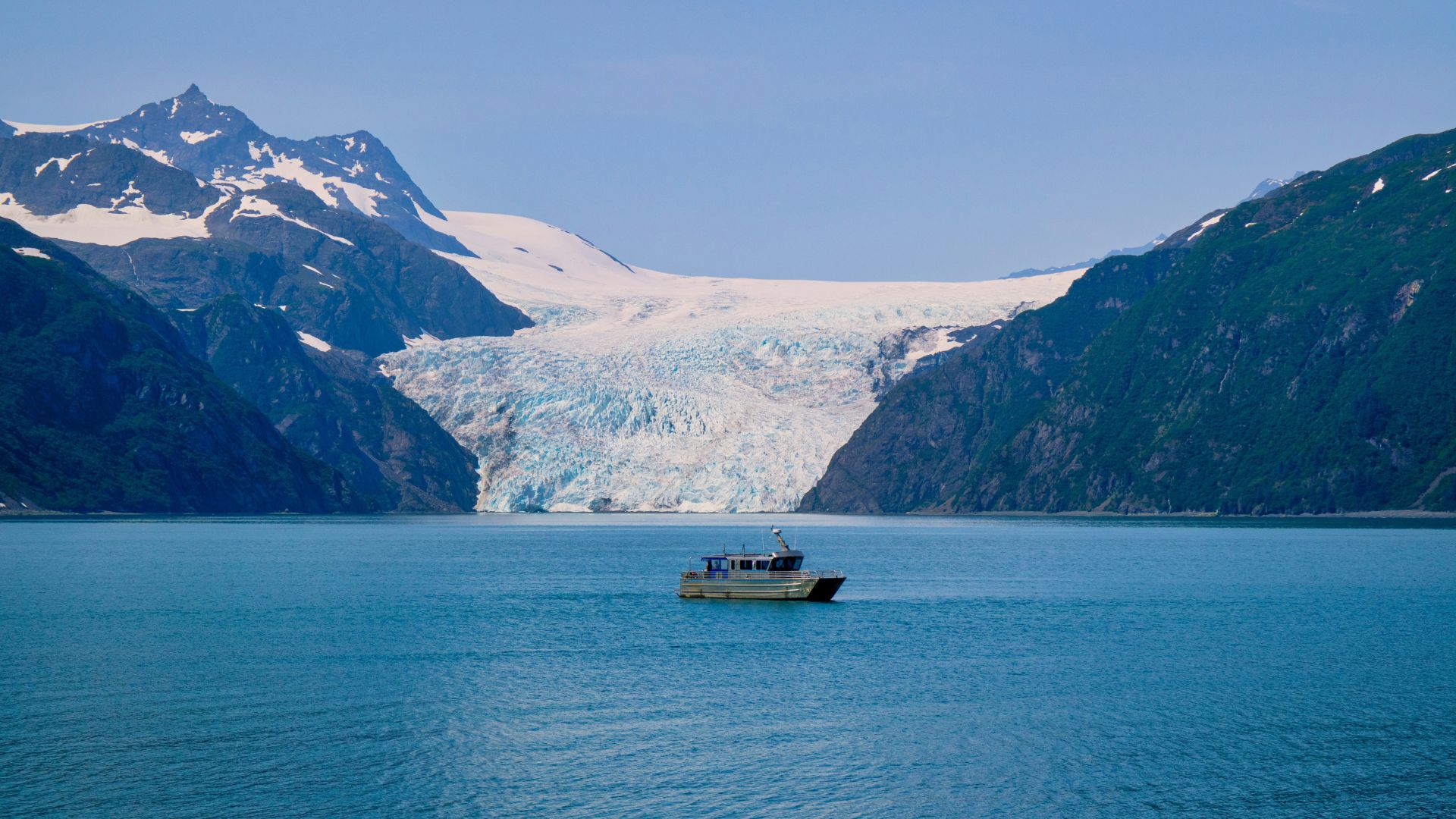
Scientists have also pointed out that this loss has also destroyed parts of Alaska’s fishing industry. Snow crabs are worth up to $227 million every year and are very valuable commercially.
Now, many in Alaska’s fishing industry are concerned about what the future may hold, especially if the waters stay warm.
New Obstacles for the Snow Crab
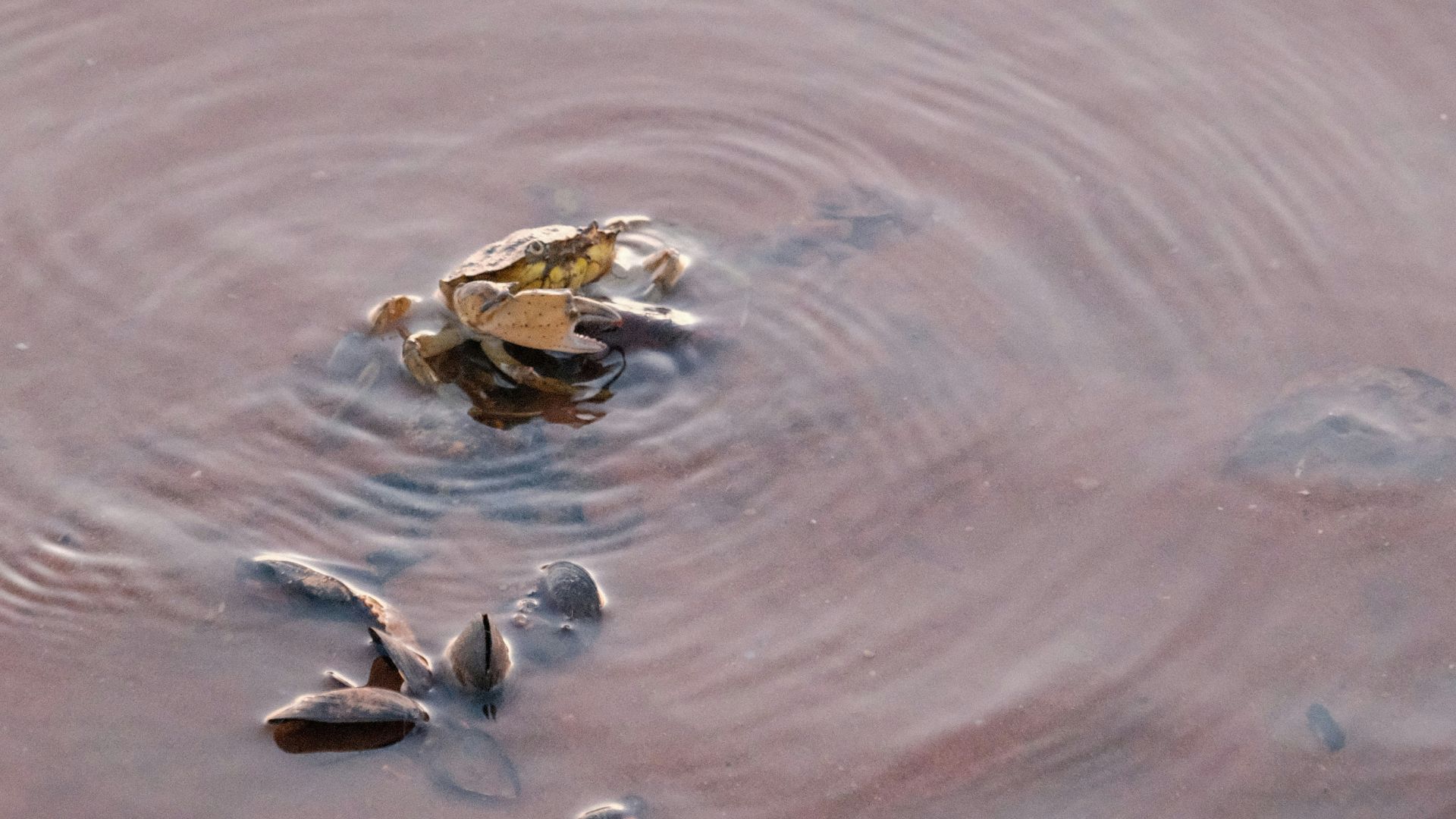
Even if snow crabs manage to find enough food with their faster metabolisms, the warmer water still threatens their species in various ways.
For example, many other species have entered the Bering Sea now that it’s warmer — and they could threaten the snow crabs’ existence.
Climate Change Is to Blame
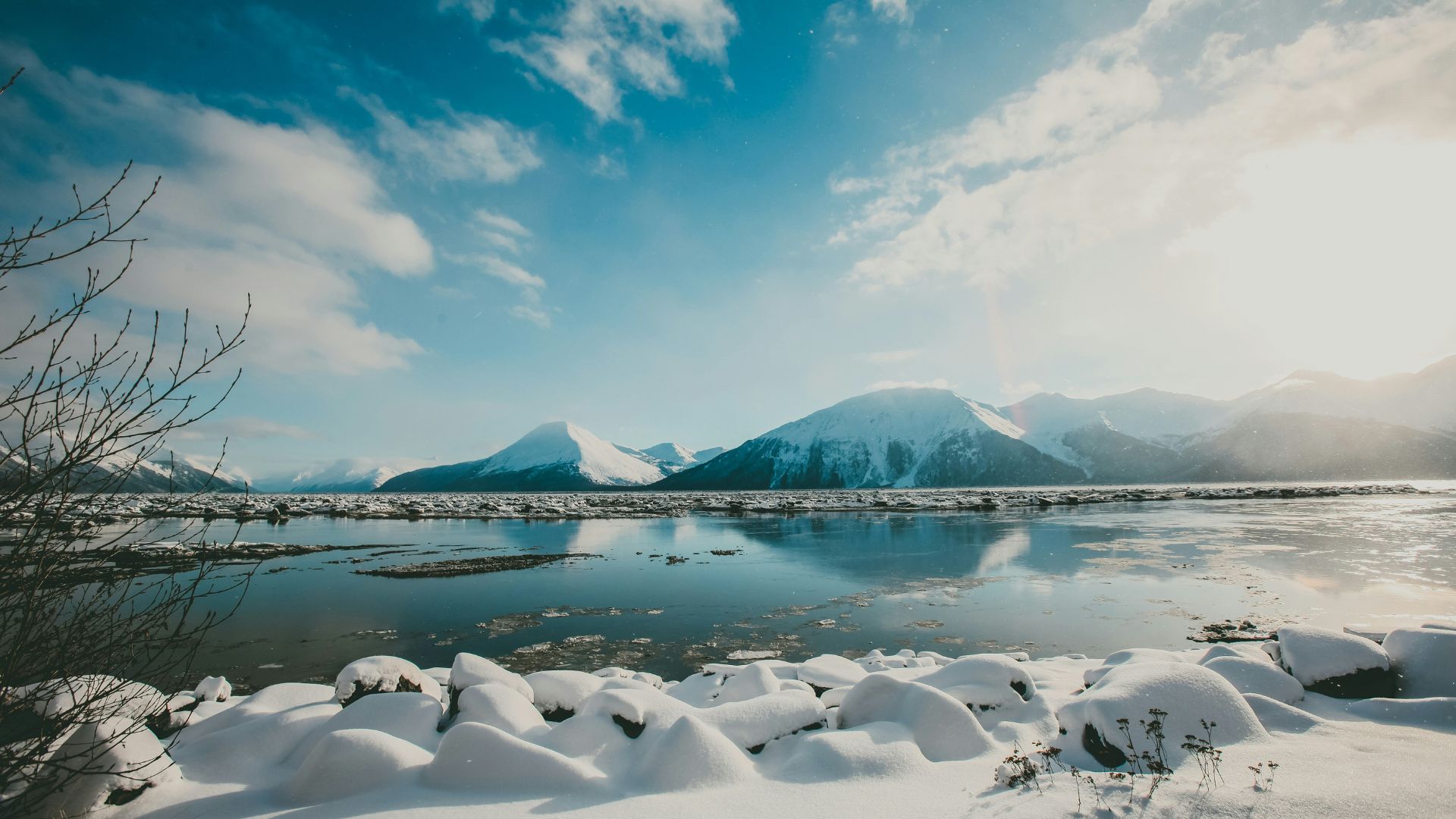
Litzow has further explained that climate change is fully to blame for the devastation seen in the Bering Sea among its population of snow crabs, as well as how it’s hurting Alaskans.
“All of us need to recognize the impacts of climate change,” he stated. “We pay a lot of attention to this for good reason — because people’s livelihoods depend on them.”
Other Species See Population Declines
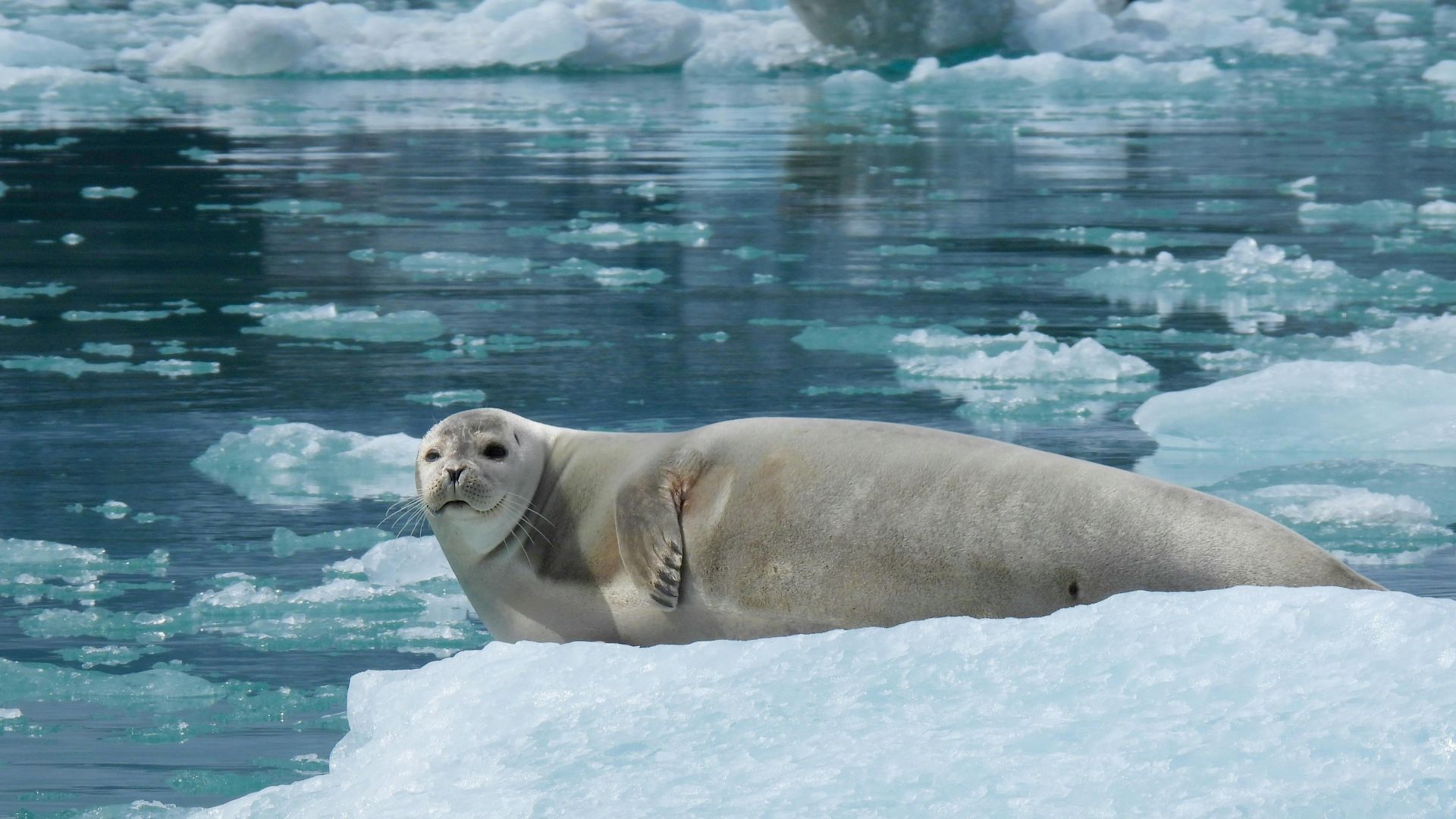
Unfortunately, as climate change warms waters all over the world, many other species have seen their populations decline, as well.
For example, sea lions and red king crabs have also suffered in recent years as waters have warmed. Experts warn that this may continue to be an issue for the foreseeable future.
